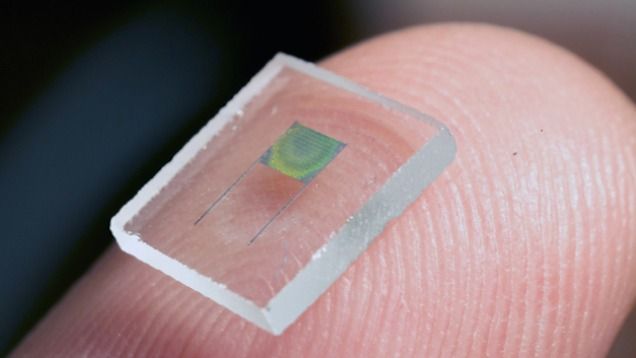Jul 26, 2015
Children With Prosthetics Could Soon Be Creating Their Own Lego Attachments
Posted by Albert Sanchez in categories: biotech/medical, cyborgs
Imagine being able to snap a mechanical digger or a Star Wars spaceship onto the end of your arm. With the next level of prosthetic designs from Lego, this could soon be a playtime reality for kids with prosthetic limbs.













